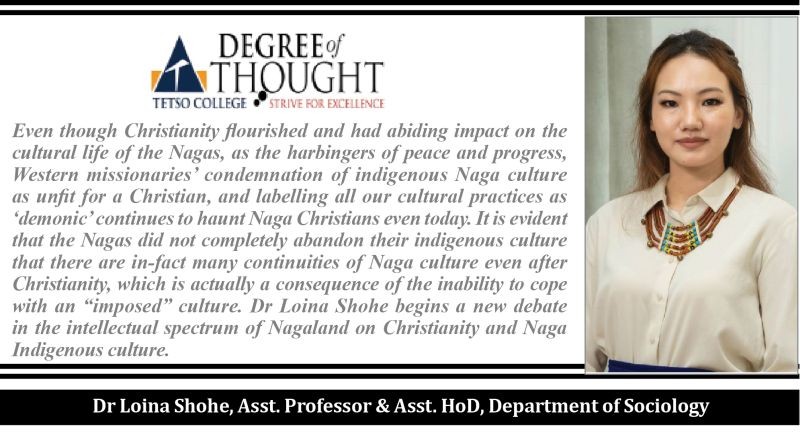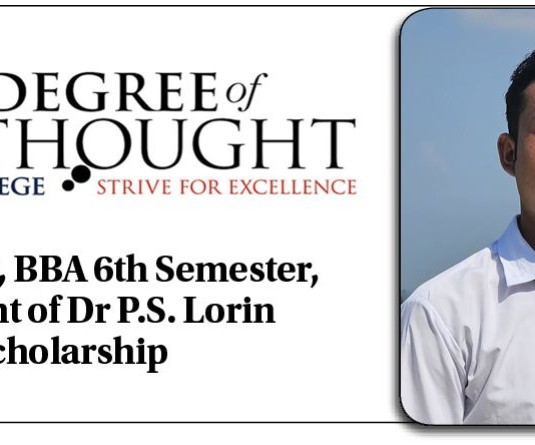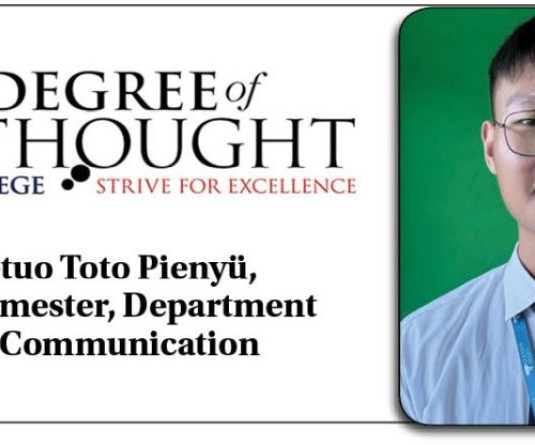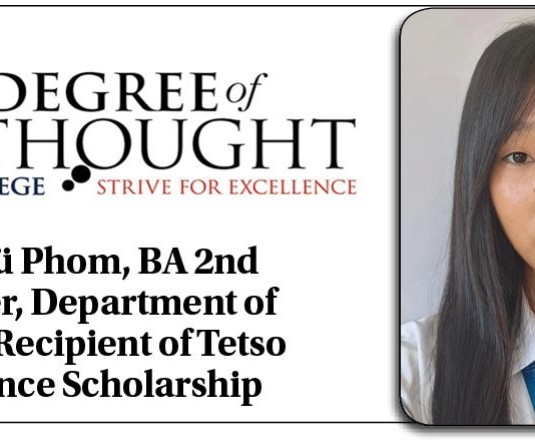
People speak rather easily of “Christian” culture as though its meaning is self-evident. It is an ambiguous notion. The New Testament gives us no framework for thinking in these terms (Shenk, 1994, p.8).
In the 19th Century ‘the Nagas’, as we are known today, encountered Christianity against the backdrop of British rule in the regions now conglomerated and popularized as North East India. Like many other indigenous societies which were introduced to Christianity following colonial (western) intrusion, conversion to Christianity came at a very high cultural price for the Nagas, as well. While the case of Nagas, who predominates the state of Nagaland, is recognized as a success story in the history of Christian Movement in South East Asia, and Naga Christians take great pride and joy in identifying ourselves as Christians, it is inarguable that conversion to Christianity for Nagas has been synonymous with the loss of our indigenous culture.
Nye (2003) distincts culture as (a) cultural products, i.e., what people do in literature, art, music and so on; and (b) culture as a shared system or way of life”. Indigenous, on the other hand, according to Brock (2005) means ‘originating in or native to a region’. Hence, when we say Naga indigenous culture, we are referring to the shared system or way of life of the Nagas that was a product of our own experience, innovation and adaptation to our home environment and not one imposed by/borrowed from others. Since, each native culture has its unique manifestations and development, it is closely associated with the identity of people in a region. But more than the identity, the real significance of culture to an individual or a group of people is its essence to provide meanings and to guide the course of one’s life.
When the western Christian missionaries began proselytizing the Nagas, they demanded the converts to abandon their indigenous culture. Achumi (2012) writes “A Naga convert could no longer observe the rituals associated with the so-called ‘heathen worship’. They also had to stop tribal folk songs, dances, sacrifices, and celebrations of various kinds (those connected with cultivation, construction of houses, founding of new villages, feast of merit, use of Morung or Bachelor’s house, etc.” The missionaries popularized the notion that the indigenous culture of the Nagas was not suitable for a Christian and that western culture was the only accepted way. Hence, during the heydays of conversion Nagas took to destroying and burning even their houses under the direction of the missionaries as signs of accepting Christianity.
It is generally accepted that despite the many positive attributes that Christianity introduced the Nagas to – formal education being one amongst others, the main negative impact of Christianity for the Nagas has been the loss of our indigenous culture.
However, studies in recent times reveals that in practice the Nagas did not completely abandon their indigenous culture and that there are in-fact many continuities of our culture even after Christianity. This is actually a consequence of the inability to cope with an “imposed” culture. In the past few decades there has also been open resurgence of valuing our indigenous culture, with students’ union programme being organized on themes of reconnecting with our culture, State government’s initiation for cultural preservation and almost every Naga public speaker giving a clarion call for need to retain and re-value our culture; villages, colonies, clans- organizing and celebrating our indigenous festivals, tribal bodies emphasizing the need to wear our ethnic attires on auspicious/meeting days etc.
The problem of discontinuity with regard to our culture, therefore, does not appear to be as pertinent now. However, all is not as rosy as it appears to be. Western missionaries’ condemnation of our indigenous culture as unfit for a Christian, and labelling all our cultural practices as ‘demonic’ continues to haunt Naga Christians. Such that many still refer to our ancestral history as ‘when we used to worship the devil”. This ethnocentric legacy of Western Christianity has manifested into identity debates (Shohe, 2021) and conflicting doctrines of Christian values, between those who support the complete abandonment of our indigenous culture and those who have realized the need to value our cultural heritage; creating a state of confusion and tension amongst contemporary Naga Christians.
But more than the debate of continuity or discontinuity, the pressing concern is that our indigenous culture is recognized only as a secular entity now. Our indigenous culture is valued only in terms of its association with our identity, and in socio-economic context. Whether it is observing our festivals, using our ethnic attires and ornaments, or following certain social practices these are done without any ritual significance now. Shiner (cited in Porter 1973) defines “desacralization” as loss of the sense of the sacred. Our indigenous culture today has likewise no sacredness attached to it unlike in the past when our religious beliefs permeated the entirety of our ways of life. Today, it survives (in fragments) desacralized, disowned by Christianity. As Shenk (1994) remarked the New Testament provides no framework of a specific set of Christian culture to follow per se, only that a culture should aspire to be transformed by faith in Jesus Christ. If Christianity in Nagaland continues to remain oblivious of this issue between our religion and indigenous culture, it should be ready to accept its adherents becoming secularized as the separation between the religious and cultural entities become more distinct. It should also be ready to lose its adherents to other religious forms, which may emerge to fill the gap of the people’s need to integrate their religious beliefs with their socio-cultural aspirations.
Degree of Thought is a weekly community column initiated by Tetso College in partnership with The Morung Express. Degree of Thought will delve into the social, cultural, political and educational issues around us. The views expressed here do not reflect the opinion of the institution. Tetso College is a NAAC Accredited UGC recognised Commerce and Arts College. The editors are Dr Hewasa Lorin, Dr Aniruddha Babar, Khangpuiliu Pamei, Rinsit Sareo, Meren and Kvulo Lorin. For feedback or comments please email: dot@tetsocollege.org.






